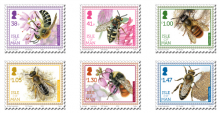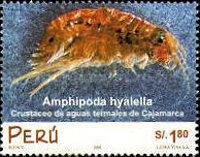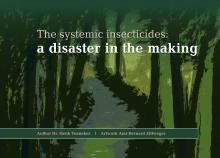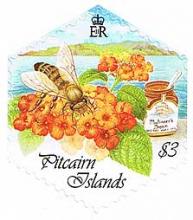Het door Bayer CropScience als 'veilig voor bijen' gepropageerde thiacloprid veroorzaakt in werkelijkheid bijensterfte
Thiacloprid, een breed toegepast landbouwbestrijdingsmiddel uit de familie der neonicotinoïden, heeft wel degelijk een verband met hoge sterfte van bijenvolken. Dat blijkt uit onderzoek van het Nederlands Centrum voor Bijenonderzoek in Tersoal, dat gisteren in het wetenschappelijke tijdschrift Plos One is gepubliceerd. ,,Van thiacloprid werd tot nu toe steeds gezegd dat het de minst gevaarlijke neonicotinoïde is", zegt Romée van der Zee van het NCB. ,,Misschien is thiacloprid gerelateerd aan bijensterfte op een manier die voorheen niet herkend werd." Sinds de Europese Commissie in 2013 een moratorium instelde op imidacloprid, thiamethoxam en clothianidin, stappen boeren massaal over op middelen waarin onder meer het toegestane thiacloprid verwerkt is. Calypso is zo'n middel; het toegestane gebruik daarvan werd in 2012 nog verruimd door het College voor Toelating van Gewasbeschermingsmiddelen en Biociden. Het NCB heeft voor het eerst wetenschappelijk met een observatiestudie aangetoond dat neonicotinoïden een relatie hebben met een hoger sterfterisico van bijenvolken. Het NCB deed een observatieonderzoek met 86 bijenvolken op 43 bijenstandplaatsen, in 2011 en 2012.










